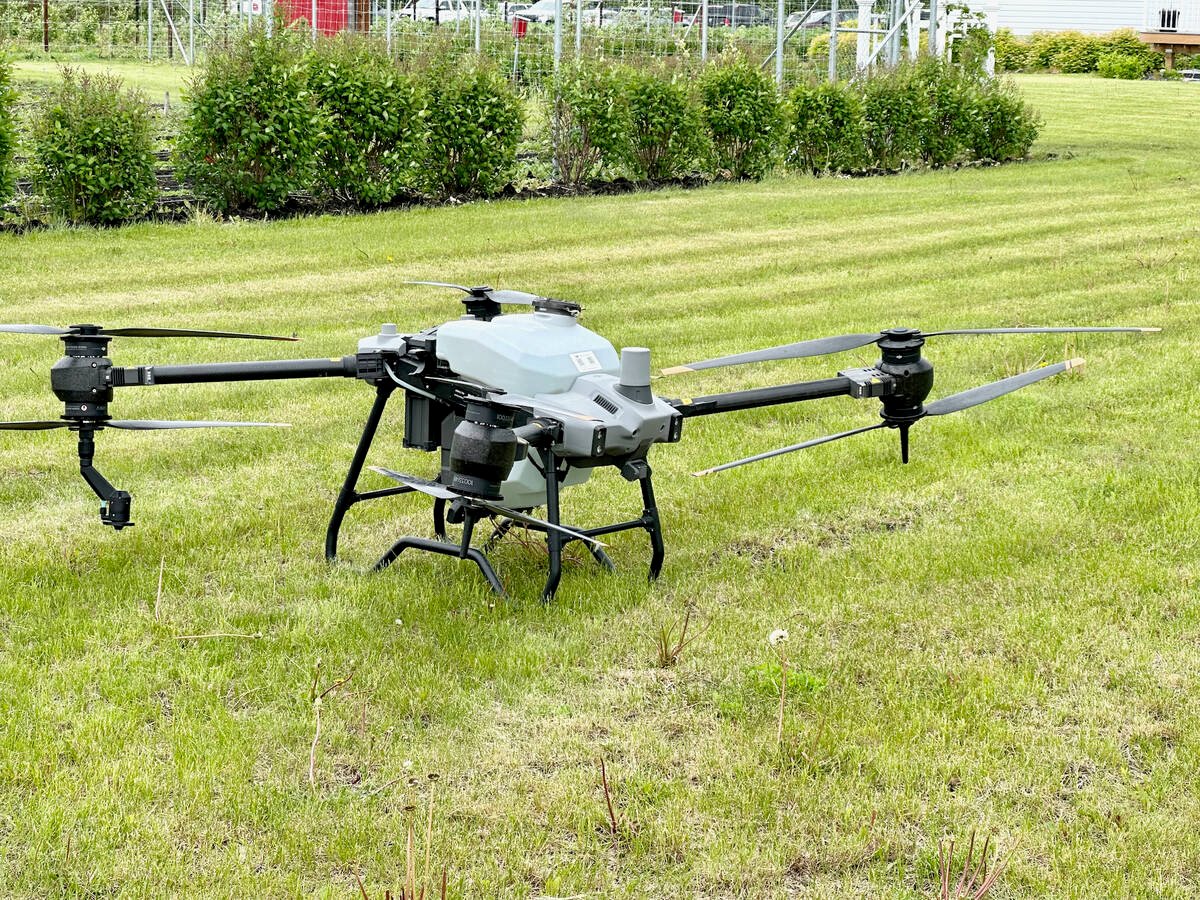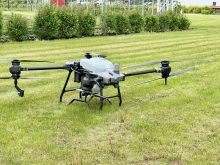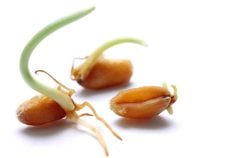CANORA, Sask. – East-central Saskatchewan is not known for dry bean production, but crops such as pinto beans could soon be another option for farmers.
“They do grow well here,” said East Central Research Foundation farm manager Kim Stonehouse.
“We get some fairly substantial crops, but we have to develop some agronomy.”
Trials at the Canora farm are looking at the timing of nitrogen application on CDC Pintium beans, an earlier maturing variety of pinto.
Now in its third year, the research is examining five nitrogen application options: all at seeding; half at seeding and half at third trifoliate; half at seeding and half at first flower; all at the third trifoliate and all at first flower.
Read Also

Canadian Food Inspection Agency red tape changes a first step: agriculture
Farm groups say they’re happy to see action on Canada’s federal regulatory red tape, but there’s still a lot of streamlining left to be done
Stonehouse said he hopes to determine if it’s possible to increase yields by applying fertilizer later when the plant uses more.
“We’re looking at increasing nitrogen use efficiency and yields and whether farmers could save some money on inputs in a dry year.”
In the first year of the project, when the beans were planted on stubble, Stonehouse said there was a significant difference between the crop that received all its nitrogen at seeding and that which received it later, either half or all of it. Yields were higher when nitrogen was applied later.
There was no significant difference in the second year, however, because more nitrogen was available in the ground, Stonehouse said. The beans were planted on fallow land.
This year, he is trying to confirm the first year’s results by planting on stubble.
The research so far has found no major difference in crop height. An examination of 1,000 kernel weights found bigger seeds and greater yields when nitrogen was applied at the third trifoliate.
“My recommendation is there needs to be more study,” Stonehouse said.
“There may be other times to apply fertilizer.”
He said topdressing is not always the best application method because it requires another pass through the field.
Stonehouse said area producers are interested in growing dry beans, but are unfamiliar with the crop, diseases that affect it and how to market it.
“They do command a fairly high price.”
During an inverview in early June, he said prices were as high or higher than canola, which is a staple in the region.
Production averages 1,785 pounds per acre. At 18 cents a lb., returns are $320 per acre. Stonehouse said that compared to canola at $210 per acre and wheat at $140.















